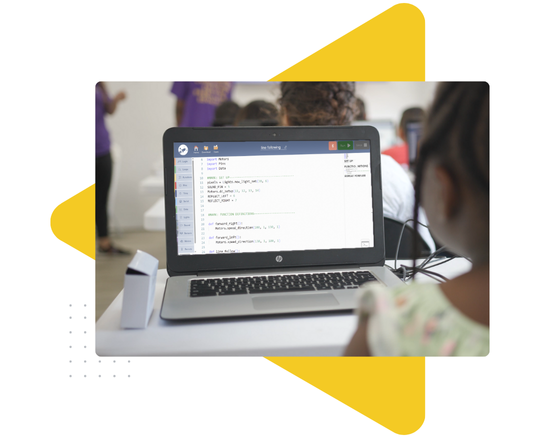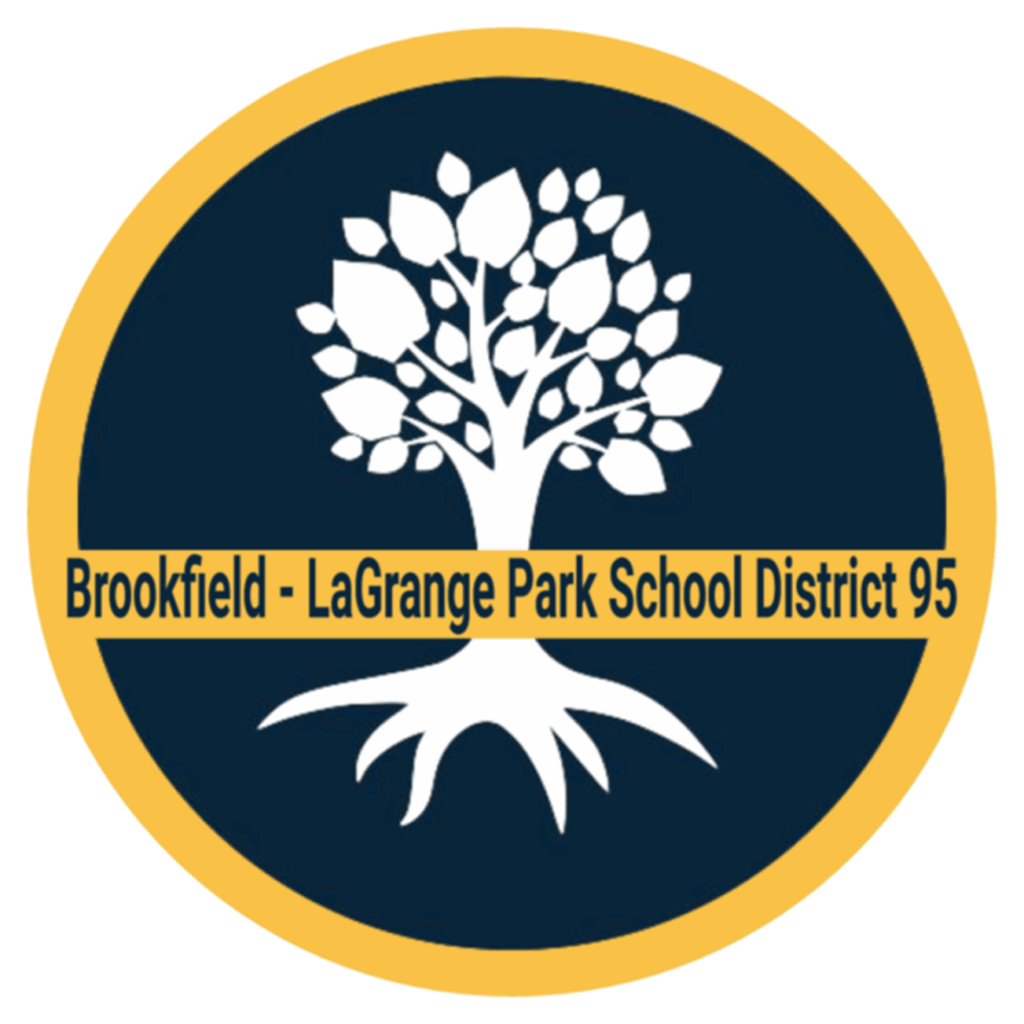Computer Science Teaching Association Standards (CSTA)
Students learn how computing systems work by exploring the relationship between hardware, software, and abstraction, and by applying systematic troubleshooting strategies to solve problems. They design and prototype algorithms, use lists to simplify solutions, and create computational models and data visualizations to make sense of real-world phenomena. Collaboration is emphasized as students work together—often across disciplines—to develop solutions and share their findings.
Common Core ELA
Students practice critical thinking and communication by researching and analyzing information, using evidence to support their ideas, and writing clear, well-organized explanations and arguments. They collaborate in discussions, pose and respond to questions, and present their findings using digital tools to engage their audience. Through planning, revising, and refining their work, students build strong reasoning, problem-solving, and communication skills.
Next Generation Science Standards (NGSS)
Students use Python programming and robotics to break complex, real-world problems into manageable parts, design and refine solutions, and run computational models to test their ideas. They explore energy transfer by building and programming devices that convert energy from one form to another while working within real-world constraints. This hands-on approach develops their engineering design skills, deepens their understanding of energy conservation, and builds proficiency in computational thinking and systems.
Texas Essential Knowledge and Skills (TEKS)
Students will synthesize information to create new understanding. They will participate in student-led discussions by eliciting and considering suggestions from other group members, taking notes, and identifying points of agreement and disagreement. Students will use the order of operations to generate numerical expressions.
New York Computer Science and Digital Fluency Standards
Students design and refine Python programs and computational models to solve real-world problems, break down complex tasks, and create simulations or visualizations that meet user needs. They collect and analyze data, use control structures and data structures like lists or objects, and explore how hardware, software, and Internet protocols work together to enable computing systems. Along the way, they develop troubleshooting strategies, consider the societal impact of computing, and learn to communicate how technology shapes, and is shaped by, other fields.
Indiana K-12 Computer Science Standards
Students explore how computer science impacts daily life and emerging careers while investigating trends, innovations, and ethical considerations in technology. They design and iteratively develop computing artifacts with user interfaces, apply programming constructs like variables, loops, and functions, and use abstraction to manage complexity. Through data collection, modeling, and analysis, they test and refine solutions, communicate findings across media, and collaborate to solve real-world problems—meeting Indiana’s emphasis on inquiry, problem-solving, and computational thinking.



